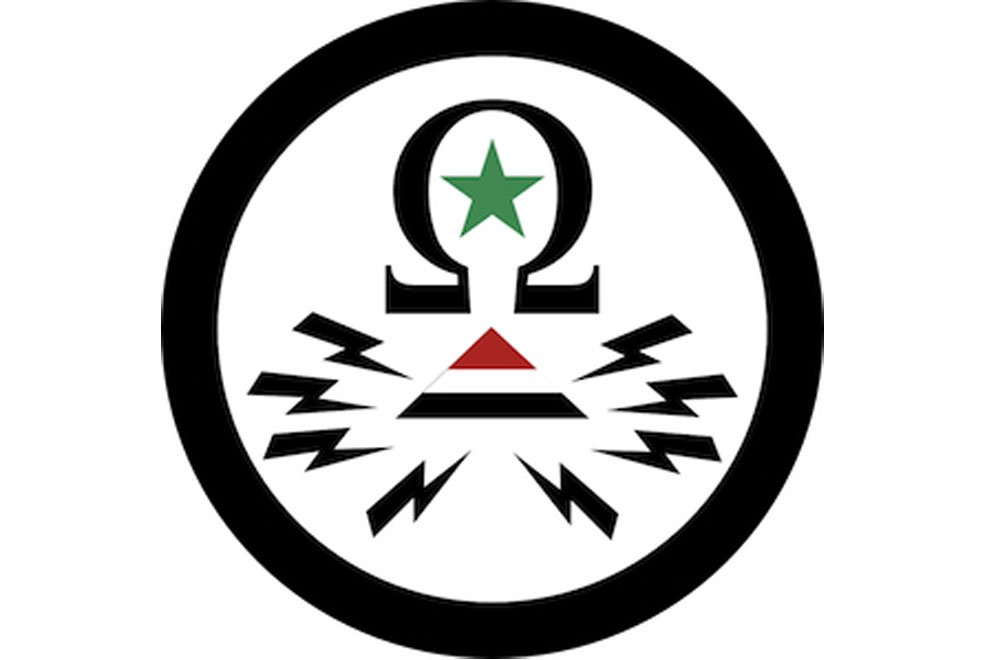


In an early stage of the development of the Telecomix System, a small group of internauts began to conspire. They created the Telecomix Crypto Munitions Bureau, and they called themselves Hierophants of Cipher. They adopted as their mission to bring into presence the knowledges of ciphernetics that had been forgotten and veiled in mystery.
The hierophants congregated in a northern bunker. With slices of light projected onto the walls through the window blinds, the bunker turned yellow as the sodium vapour lamps blended with the LCD-screens. This had to be the beginning. Outside the world was falling apart. Inside, another dumpsterdived computer from the nearby technical university was switched on and configured to encrypt as much data as possible.
It all starts here: the endnodes versus the monsters that colonized AT&Tlantis. They collect our data, even more so than they can swallow, and our only act of resistance that preserves the tubes without destroying them, is to encrypt.
To encipher.
To create the fractal cipherspace; pockets of encrypted data that are perfect singularities while simultaneously preserving self-similarity.
The hierophants meditated, and Cameron appeared in one of their terminals:
- There is no one that controls the fractal cipherspace. Internet as we know it, turns into darknet.
The hierophants interpreted Cameron's vision as a call for deep meditation. Of the writings of the hierophants, however, only one apocryphal fragment (see also source code) remains along with a restored copy of their wiki (for certificate, see *bottom of page). The rest was either lost to the anarchive, or shredded as a security measure.
The hierophants immediately turned to applied research. Around the world, there were plenty of corrupt and censored networks that could be improved by a healthy dose of cryptographic chaos. Sometimes there were dictators blocking flows of data for maximum control, sometimes there were corrupt corporations altering flows of data for maximum profit. The hierophants never cared why data was blocked.
They had fallen in datalove with every face of the earth, and all they wanted was to connect and affect. The desert was stained with blood, the mountains were breathing and the streets were jammed with people.
Thousands of people.
Networks were invaded. Tunnels were dug. Surveillance was exposed. For a while, there was hope that encryption alone could tear down walls, restore the networks and set people free. Cryptoanarchy - as form and as will - seemed to be both the method and the utopian goal.
But everything kept breaking down. Not the individual parts, but rather the composition of the parts. In each instant, something worked. But the second after, the link to the next event was missing. There was a rift in the plane of arrangement, a ripple in the symmetry of the original idea. Time did not proceed, it kept spiralling downwards and breaking things down.
The hireophants looked at their humming computers that made particles of dust circulate in the room. Maybe they could program the machines to solve the problem. Maybe there was a clever calculation that could fix the deviations from linear time.
Their eyes were fogged, their judgements were clouded.
But there was no solution of the machine type to the problem that the hierophants of cipher were facing. The problem was instead of the composition type and had no machinic response. The mathematical algorithms and Turing-based machines were capable of wonderful ciphers. But the problem appeared whenever these ciphers were going to be put to use. There was something much more complex than computers; the behaviour of the internauts - the inhabitants of the networks, the true citizens of AT&Tlantis.
In cybernetic theory, you only acknowledge complexity to a certain level. You allow for things to become blackboxed (complexity reduction), but when systems become very large, you need more information to predict the behavior of the system. Ciphernetic theory, on the other hand, discovered that complexity increases the more you zoom into a specific event, in a similar way as how fractals behave when visualized.
To explain the breakdown of a ciphernetic system, the problem increases in size the closer you look. Here lies the great paradox! Because ciphernetics relies on uncertainty - identity and perceptibility are failures - it is good for the system to disorganize the closer you look. But, on the other hand, not all failures are equal. This is much more complicated, the hierophants found, than a technical breakdown, where ciphertext is accidentally rendered in clear text. The question rather becomes: why is identity created from chaos, at all?
Why do the internauts, in their diaspora from the lost city, desire everything to be as an old habit?
A bad habit.
In the beginning, the networks were fantastic tunnels of the unexpected, even though the modem sounds were loud, and the underwater cables were slow. Then came the destruction of AT&Tlantis and the rise of the plaintext monsters that were showing your faces to everyone in blue frames, that were eating your data for corporate lunch while opening back doors in the silicon inside you pocket.
The easy system of the hierophants was no longer compatible with the complexity of the inhabitants of the ruins. Despite having the strongest forms of cryptography ready at hand, they could not make them multiply to every endnode. They no longer had a magic flute that could carve our an ordered duration of time from the compact chaos that reigned.
The queen of the night had left,
and as her voice disappeared,
there wasn't silence,
but white noise.
Ciphernetics had fallen apart...
and all was good.
* Certificate for cypherpunk.io: SHA 1 34:D2:DC:BE:67:AE:42:9B:3B:5D:02:A0:E4:54:96:2E:5D:DC:9D:90